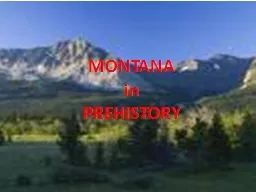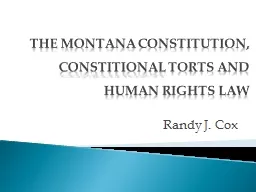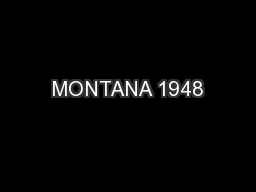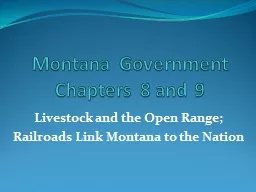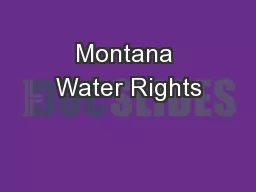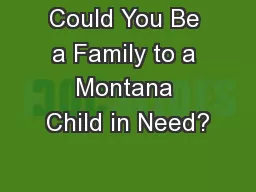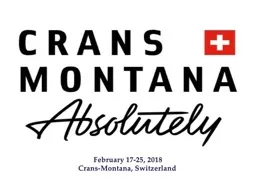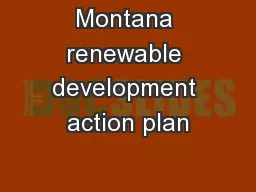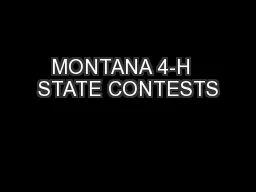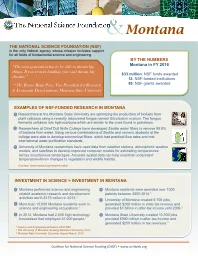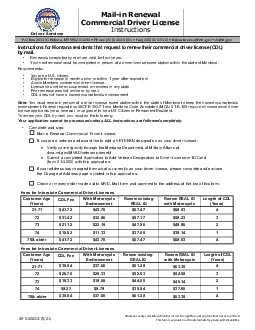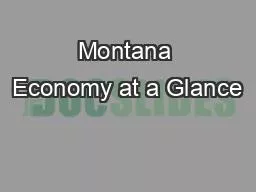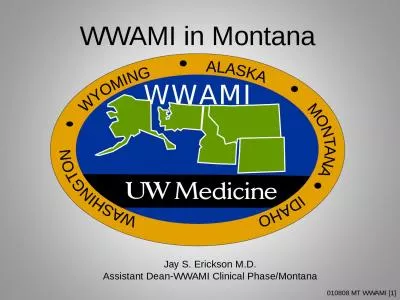PPT-MONTANA in PREHISTORY Environment
Author : evadeshell | Published Date : 2020-08-26
Montana is a place of broad dimensions and sharp contrasts Treasure State 147138 square miles Nations fourth largest state 535 miles from east to west 275 miles
Presentation Embed Code
Download Presentation
Download Presentation The PPT/PDF document "MONTANA in PREHISTORY Environment" is the property of its rightful owner. Permission is granted to download and print the materials on this website for personal, non-commercial use only, and to display it on your personal computer provided you do not modify the materials and that you retain all copyright notices contained in the materials. By downloading content from our website, you accept the terms of this agreement.
MONTANA in PREHISTORY Environment: Transcript
Download Rules Of Document
"MONTANA in PREHISTORY Environment"The content belongs to its owner. You may download and print it for personal use, without modification, and keep all copyright notices. By downloading, you agree to these terms.
Related Documents

